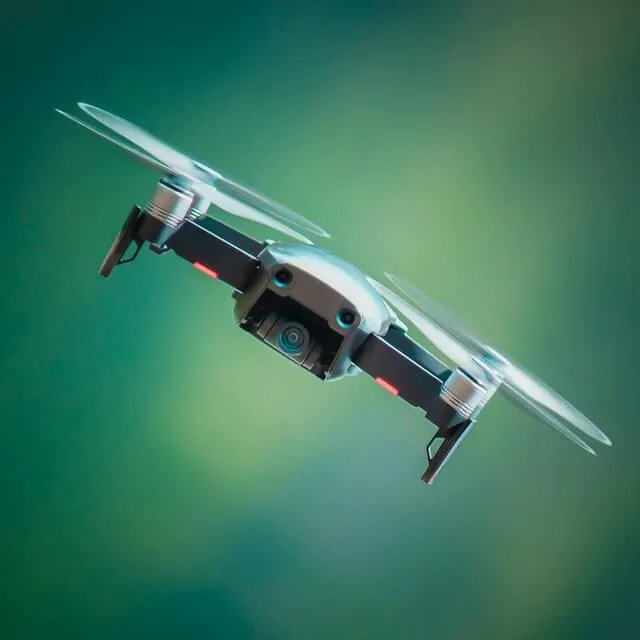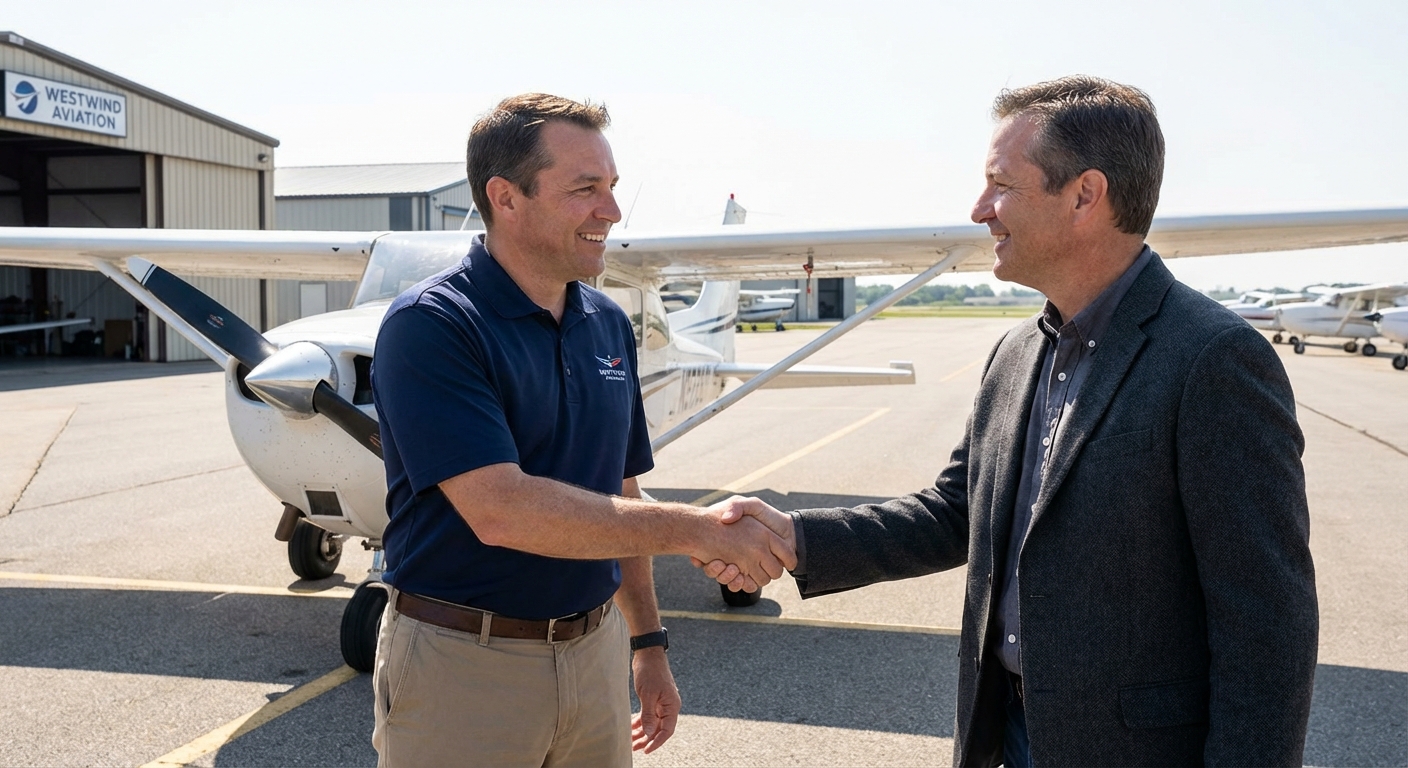With advances in computer vision and flight software, piloting a drone has never been easier. But on the flip side, the laws regarding using your drone remain a little complex. If you want to fly a drone in California, you’ll need to navigate the United States’ patchwork of local, state, and federal regulations.


First of all, that means registering your aircraft and abiding by the FAA’s rules - which by the way will vary depending on whether you’re flying for recreational or commercial purposes. Then, at a local and state level, there are further regulations you’ll need to be aware of before taking off.
Let’s start at the top. What does the FAA expect from drone pilots?...
Federal Drone Regulations for Hobbyists: What are the rules?
The FAA has different rules and expectations depending on whether you’re flying for fun or for business.
For recreational pilots, things are pretty straightforward. First, you’ve got to register your drone with the FAA’s DroneZone. You’ll get a registration number that you’ll need to mark the outside of your aircraft with.
Then, you’ll have to follow a number of regulations regarding where and how hobbyists can fly. These include:
- Altitude limits: You must fly your drone at or below 400 feet above the ground when in uncontrolled (Class G) airspace.
- Flying in controlled airspace: You can’t fly wherever you want. Flying restrictions are in place right across the country, so you should check with the B4UFLY app before take-off. If you want to fly in Class B, C, D, and E airspace, you’ll need authorization. You can get that by using LAANC, DroneZone, or by receiving written agreement from the FAA for a fixed flying site.
- Flying within visual line of sight: You’ve always got to have eyes on your drone, unless you’re flying with the help of a visual observer who is physically next to you.
There are also several scenarios in which you can’t fly:
- At night ( unless your drone has lighting that allows you to know its location and orientation at all times)
- Above any person or moving vehicle
- If you are under the influence of drugs or alcohol
- In a way that interferes with emergency response activities
The latter point is particularly important in California, where manned aircraft carry out vital missions during wildfire season.
In the future, the FAA plans on making an online aeronautical knowledge and safety test a required part of the registration process, so keep an eye out for that.
Federal Drone Regulations for Commercial Pilots
If you want to fly your drone for business purposes, there are a few steps you’ll have to take. They’re all based off the Part 107 Ruling passed by the FAA in the summer of 2016.
First up, you need to become an FAA-Certified Drone Pilot and get your Remote Pilot Certificate. To do that you’ll have to review all the relevant material provided by the FAA and pass an exam.
You’ll then have to register your drone and mark it with its registration number via dronezone.faa.gov. Just select "Fly sUAS under Part 107", create an account, and register your drone.
The full list of flight rules for commercial Part 107 pilots can be found here. But the main points to bear in mind are:
- Maximum groundspeed of 100 mph (87 knots).
- Maximum altitude of 400 feet above ground level (AGL) or, if higher than 400 feet AGL, remain within 400 feet of a structure.
- Unmanned aircraft must weigh less than 55 lbs. (25 kg).
- Visual line-of-sight (VLOS) only; the unmanned aircraft must remain within VLOS of the remote pilot in command and the person manipulating the flight controls of the small UAS. Alternatively, the unmanned aircraft must remain within VLOS of the visual observer.
- At all times the small unmanned aircraft must remain close enough to the remote pilot in command and the person manipulating the flight controls of the small UAS for those people to be capable of seeing the aircraft with vision unaided by any device other than corrective lenses.
- Small unmanned aircraft may not operate over any persons not directly participating in the operation, not under a covered structure, and not inside a covered stationery
- vehicle.
- Daylight-only operations, or civil twilight (30 minutes before official sunrise to 30 minutes after official sunset, local time) with appropriate anti-collision lighting.

State Drone Laws in California
Aside from federal regulations, drone pilots in California also have to be wary of laws at a state level. The California State Legislature has passed several pieces of drone-related legislation into law.
These steps are mostly as a result of irresponsible activity from drone pilots in the past. As a result, falling foul of them is easy to avoid so long as you think before you fly. Some of the key measures that you’ll need to watch out for include:
Chapter 817 (AB 1680) - Emergency service interference
This law passed in 2016 effectively makes flying a drone at the scene of an emergency - in a way that interferes with the work of first responders - a crime against public health and safety.
Chapter 834 (SB 807) - Limiting the liability of emergency responders who take matters into their own hands
This law, also filed in 2016, limits the liability of first responders who damage or destroy a drone that’s interfering with their operations. In other words, if you’re drone is in the way, it’s fair game.
SB 1355 - Banning flights over correctional facilities
This law makes it illegal to fly a drone over the grounds of correctional facilities in California, and introduced fines of $500 for those found guilty.
Chapter 521 (AB 856) - Protecting privacy from above
In 2015, invasion of privacy laws in California were amended to include activity in the airspace above the land of another person without their consent - specifically flights to capture images or recordings of them.
Chapter 404 (AB 527) - Limits on overenthusiastic pest control
One of the more obscure state laws in California is all focused on pest control. Chapter 404 of Assembly Bill 527 makes it unlawful “to operate an unmanned aircraft system in pest control unless the pilot operating the unmanned aircraft holds either a valid manned pest control aircraft pilot’s certificate”.
...Just in case you were planning to take on any hornets’ nests with your new flying camera.
Local Drone Laws in California

Now that we’ve gone through laws at a federal and state level, the last to go over are those that have been put in place at a local level within the state of California.
California County and City Parks with Drone Restrictions
There are several parks across the state where restrictions on drone flights are in place. These include:
- Restrictions on drone use in county parks in Sacramento County
- Restrictions on drone flights in city parks across San Francisco without permission of the Recreation and Park Department.
- A ban on drone flights (unless you have a permit) in areas run by the Santa Clara Valley Open Space Authority.
- A ban on the operation of drones in some Orange County Parks.
- A ban on flying drones in parks in the City of La Mesa.
- A ban on the drone flights in any park owned and/or operated by the Mountains Recreation & Conservation Authority without a permit.
- It’s also worth noting that the National Park Service has banned the use of drones in national parks across the state. This move happened several years ago and is still in force with very limited exceptions.
Town-level Drone Laws in California
Drone laws in the town of Los Alamitos
The Los Alamitos Municipal Code has several restrictions on the use of drones in the town. You can check them out here.
Flying your drone in Malibu
Folks in Malibu like their privacy, so if you want to fly for commercial reasons in the city, you’ll have to obtain a filming permit. You can apply for a permit here.
Flying your drone in Hermosa Beach
The city of Hermosa Beach has some specific restrictions on drone flights within its jurisdiction. The state-level privacy laws are extended to include any person, anywhere. There are also restrictions on flights in the vicinity of schools and you’ll need to obtain an operating permit in order to fly at all.
That’s it for your roundup of federal, state and local drone laws in the state of California. We’ll do our best to keep this page updated as the regulatory picture evolves.
Flying in Los Angeles
Film LA requires your insurance broker to submit a Certificate of Insurance and Endorsement naming the city as an additional insured on your behalf through their own compliance portal. Contact your SkyWatch.AI broker to have your documents submitted quickly and easily at support@skywatch.ai.











